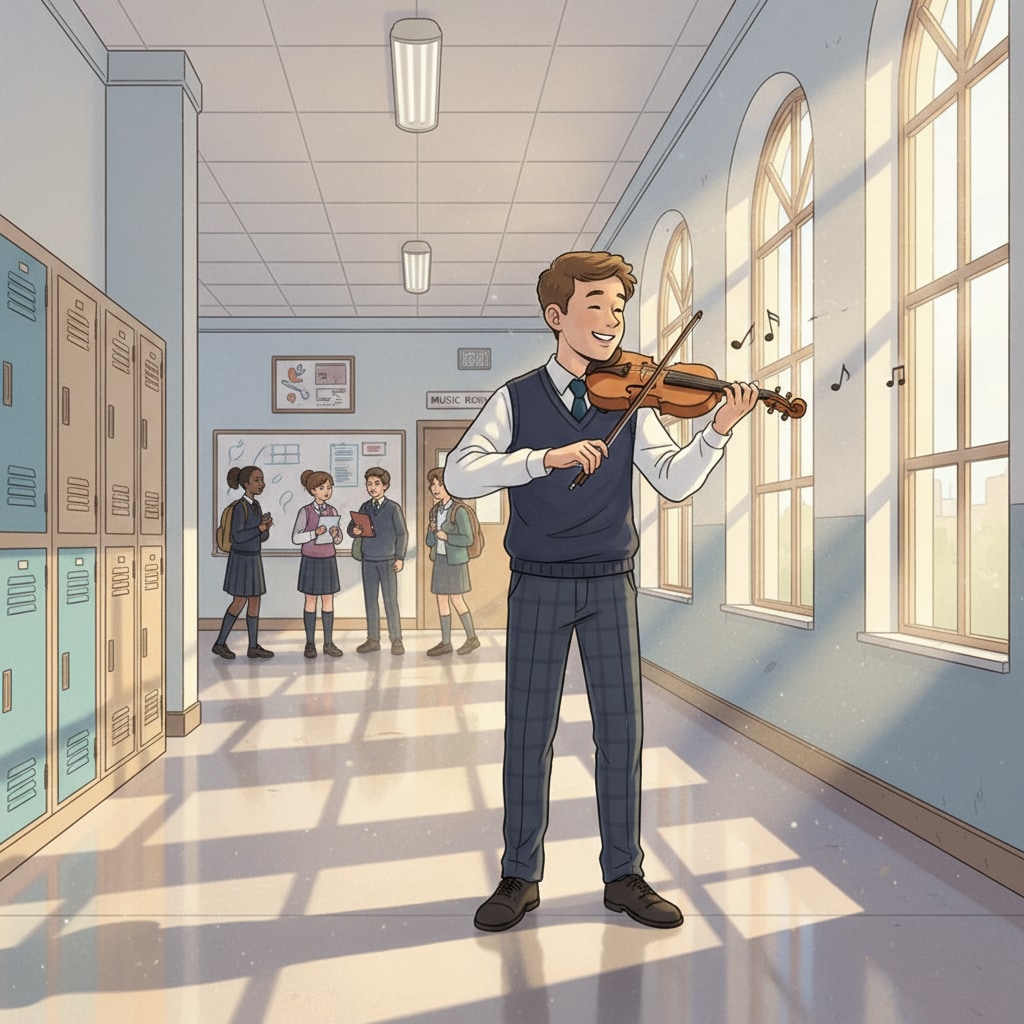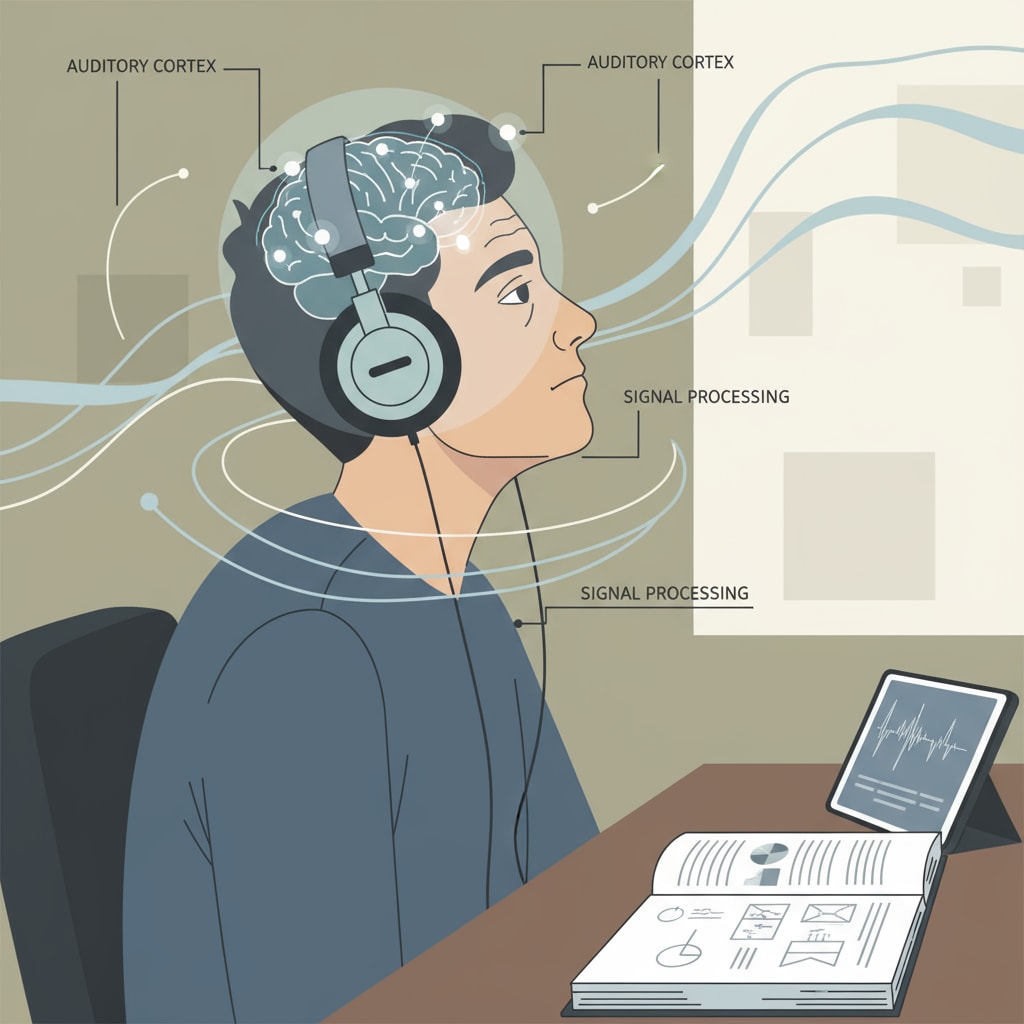The world of sound is a captivating realm filled with endless possibilities for interpretation, as demonstrated by the curious instance of mistaking violin sounds for crying. It was an ordinary day at school when this amusing mix-up occurred. I was walking through the hallway, lost in my thoughts, when a series of sounds reached my ears. At first, I was convinced it was someone crying. Little did I know, those sounds were actually the enchanting melodies of a violin being played nearby.

This unexpected confusion opened my eyes to the complexity of how we perceive sound.
The Power of Sound Perception
Sound perception is a highly subjective experience. What one person hears and interprets as crying, another might recognize as beautiful music. According to Wikipedia’s entry on Sound Perception, our brains are wired to make sense of the sounds around us based on our past experiences, emotions, and expectations. In my case, perhaps the tone and pitch of the violin mimicked the patterns of a crying voice, leading to this misinterpretation. Different frequencies and rhythms can evoke a wide range of emotions, which further blurs the line between what we consider ‘crying’ and ‘music’.

The Role of Context in Sound Interpretation
The context in which we hear a sound plays a crucial role in how we interpret it. Had I been in a music room or a concert hall, I would have immediately recognized the sounds as violin music. But in the quiet school hallway, where crying is a more common occurrence, my mind made the wrong connection. As stated in Britannica’s article on the Psychology of Sound, the environment can significantly influence our auditory perception. The lack of musical cues in that particular setting led me astray, highlighting the importance of context in understanding the true nature of a sound.
This incident also made me reflect on the significance of art education in K12. Music education, in particular, helps students develop a more refined sense of sound perception. By exposing students to different musical instruments, genres, and styles, they learn to distinguish between various sounds and appreciate the beauty of music. It broadens their horizons and enriches their emotional and cognitive development. If I had received more in-depth music education, perhaps I would have been able to identify the violin sounds correctly without hesitation.
In conclusion, the experience of mistaking violin sounds for crying was not just an amusing anecdote. It was a valuable lesson in the complexity of sound perception and the importance of art education. As we navigate the world of sounds, let us remember that there is more to what we hear than meets the ear. And let us advocate for quality art education to enhance our ability to perceive and appreciate the rich tapestry of sounds around us. Readability guidance: The story is presented in short paragraphs for easy comprehension. Key points are introduced in H2 sections, and external references are provided for further exploration. Transition words are used to maintain a smooth flow, and the overall language is kept accessible for a wide audience.


